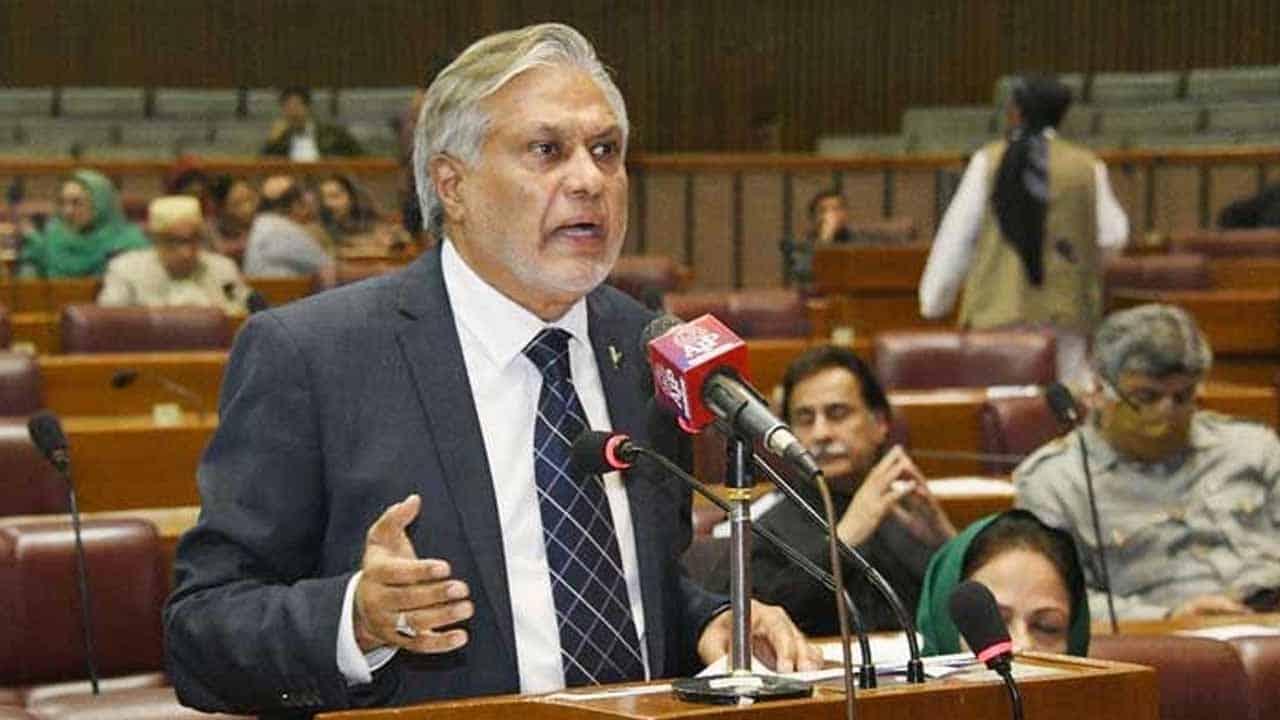Finance Minister Ishaq Dar will present the federal budget for the fiscal year 2023-24 on Friday (today), with a proposed expenditure of Rs14.7 trillion.
With a combined budget deficit of more than 6% of GDP. It will also spend money on several targeted programmes to entice voters in the upcoming general election.
Furthermore, the government has set a tax collection target of Rs 9.2 trillion for the Federal Board of Revenue (FBR) and a non-tax revenue target of Rs2.7 trillion.
To meet the non-tax revenue target, the government intends to amend the finance bill to raise the petroleum development levy (PDL) from Rs50 per litre to Rs55-60 per litre in order to collect Rs870 billion in the next budget, up from Rs550 billion in the previous fiscal year.
The lack of reliability of budgetary data will continue to torment economic managers since they will change during the fiscal year.
If a new government is elected following the next general election, it will be required to implement a mini-budget in order to reconcile economic reality with the International Monetary Fund (IMF) in order to get a new bailout package.
It remains to be seen how Dar would make last-ditch efforts to satisfy the IMF on the resumption of the stalled programme; the ongoing standoff may risk the country’s diminishing foreign exchange reserves, which have fallen below $3.9 billion in State Bank of Pakistan-held reserves.
Without a broader budgetary framework with the IMF, signing the staff-level agreement will be impossible, so everything will be contingent on meeting three conditions: securing $6 billion in external financing, unveiling the next budget in accordance with IMF guidelines, and ensuring a market-based exchange rate.
The IMF programme will expire on June 30, thus there will be no additional extensions, as stated by the finance minister during a news conference to launch the Economic Survey for 2022-23.
Because modifications are made on a regular basis throughout the year, there is a confidence gap in the integrity of the budgetary statistics, thus a realistic budget for the next fiscal year is required.
The administration led by the Pakistan Democratic Movement (PDM) will leave office on August 12. However, the government has authorised an Rs90 billion allocation for the next budget to carry out the SDGs Achievement Programme (SAP), compared to a revised allocation of Rs116 billion for the current fiscal year.
The government’s first and greatest goal will be to ensure foreign debt servicing, which will cost $25 billion in the next budget. It remains to be seen how the government intends to earn such a massive sum given it secured just under $8.1 billion in external loans and grants in the first ten months of the current fiscal year, out of a total planned number of $22.8 billion.
Fiscal restrictions pose major issues since the federal government’s overall net revenue sources will continue to be insufficient to meet debt payment commitments.
After distributing resources to provinces and accounting for nontax revenue, the federal government’s total net collections will be Rs 6.5 trillion.
The overall cost of debt servicing will be Rs7.5 trillion. As a result, the federal government will run an Rs1,000 billion deficit. All other expenditures, however, including defence, salaries, pensions, civil government operations, subsidies, grants to public sector firms, and others, will have to be paid through borrowing.
The finance minister announced during the launch of the survey that the government would do its best to increase salaries, pensions and minimum wages of workers in the budget for FY24. Pakistan will have to acquire Rs7,000 to Rs7,500 billion in domestic and foreign loans to finance the yawning budget deficit for the next financial year.
There are no easy solutions ahead, so deep-rooted structural reforms will be needed to steer the economy out of the crisis mode.






